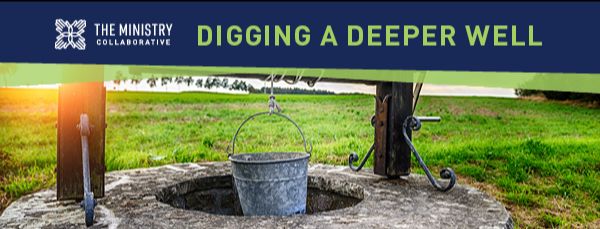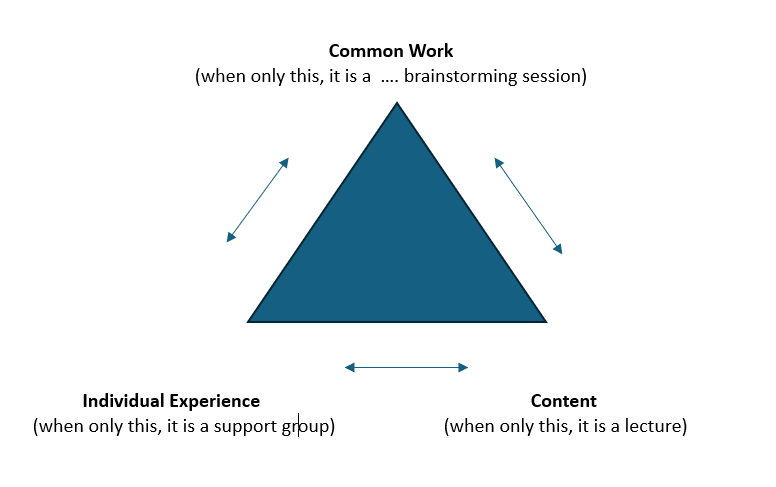This happens in church board meetings. A discussion is going well, with many contributions, and then one member speaks up, powerfully and at length, about how the issue has impacted them personally. It touches on their grief, fear, pain – something deep and very difficult. The group listens with empathy, but, as the person continues to talk, the momentum and spirit of the larger conversation is diminished and then lost completely. What happened?
Another time, another meeting. After two or three people have offered initial thoughts, someone who is an expert on the topic weighs in, explaining it all from their professional standpoint. Their data and analysis are really interesting! But the more they talk, the less others feel able to add anything. Again, the momentum of the group conversation slows, and the thread is lost.
Or exactly the opposite seems to be occurring. The group brainstorming is terrific. Everyone around the table is contributing and “throwing things against the wall to see what sticks.” The problem is, nothing is sticking, and the more everyone talks, the more the brainstorming is unmoored from the lived experience of the people in the room and from any outside research. As the meeting winds down and board members walk out, they can’t help feeling that. somehow, they lost the thread … and the momentum.
Put together, these three experiences map a triangle of sorts, a territory in which church board meetings can too easily get lost. All three points in the triangle – rich content, personal experience, and common work – are essential to meaningful and momentum-filled board discussion. But get stuck on any one point in the triangle, and the meeting is likely to run aground.
This triangle warns of dangers. And it also offers a navigational map for successful meetings – meetings that move around the three points:
meetings that introduce rich content, in the form of scripture, data, poetry, or art,
that invite people to talk about their lived experience, without getting stuck there,
and that build on these foundations to address our common work.
Can you keep this triangle in mind as you plan your next meeting? What is missing? Where do you find yourselves getting stuck? How can you keep the conversation moving?
In the following poem, Irish writer Nick Laird offers a vision of poetry that might be a vision for meaningful meetings, too, if we are willing to mix things up a bit more.
Mixed Marriage
by Nick Laird
Poetry’s the art of introducing words
that haven’t met & getting them to sit together
in a small room where they might fall –
improbably – in love – or try to kill each other –
or first one thing & later on the other.
Intermittently we felt it, the thready lining
under the small change & balls of fluff at
the bottom of the pocket of astonishment –
& the best of the rest of the time we kept
our heads down & tried to make sense
standing together & completely alone
while the words got along like a house
on fire, a street of houses, like the perfect
match had been struck and the cityscape’s
erupting with sirens, collapsing in flames.
Why is poetry like a ‘mixed marriage,” according to Laird? What is getting mixed? (Can you find examples in Laird’s poem?)
What do you think he is getting at, when he describes “the thready lining/under the small change & balls of fluff/at the bottom of the pocket of astonishment?”
Have you ever experienced that “thready lining/under the small change & balls of fluff/at the bottom of the pocket of astonishment” in a church board meeting? What happened? How did you get there?
How would you chart your own church board meetings on the triangle above? Where do you spend most of your time? Where do you get stuck?
How can you use the triangle to plan your next board meeting? Where will you start the conversation? How will you keep it moving?









Elizabeth Boone McLean
Posted at 10:10h, 25 AprilThis post is so timely and I’ve sent it on to my board and staff. Thank you, as always, for providing fodder for thought and improvement.